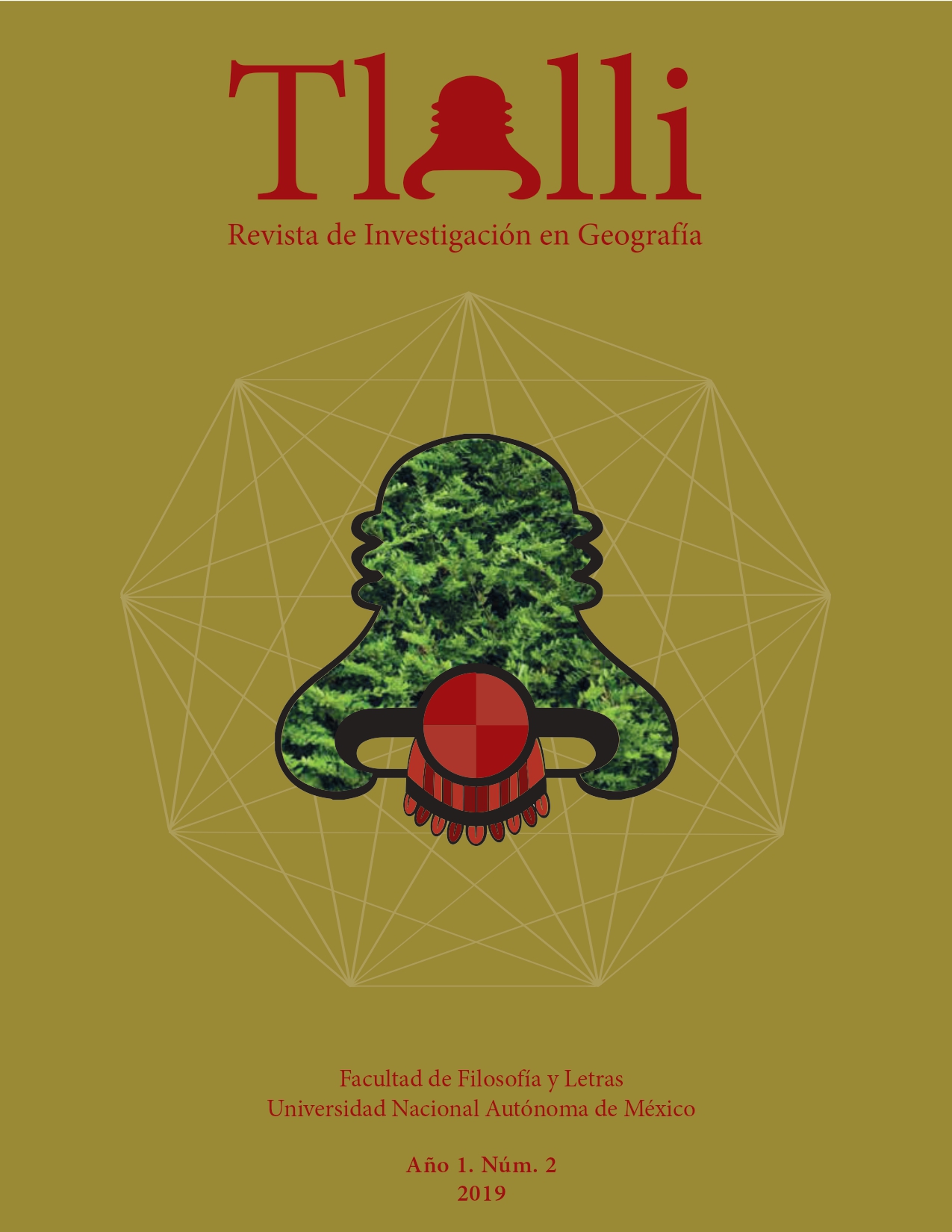Survival assessment in reforested sites as an indicator of the landscape restoration of the Flora and Fauna Protection Area Nevado de Toluca
Main Article Content
Abstract
Many of the world’s forest ecosystems have suffered degradation, mainly because of practices related to changes in land-use for agriculture purposes, including illegal logging. The Flora and Fauna Protection Area Nevado de Toluca is not exempt from the effects of deforestation and degradation of the temperate forest. Government institutions, academy and civil society have undertaken restoration and recovery actions in favor of this protected area. This work aims to present the results of the survival evaluation of 144 plantations carried out by Reforestamos México, a non-profit civil society, during the years 2011 to 2015. The survival index proposed by the National Forestry Commission (Conafor) evaluates the success of the plantations. This index considers the survival percentage based on the number of planted trees. It measured their vigor, the species with the best growth, and their development response. The most significant survivals were in the places Latas Viejas (82%), Cerro Prieto (79%) and San José de las Huertas (79%), municipality of Zinacantepec, State of Mexico; while the highest mortality of trees (36% survival) was in Cerro Gordo in the same municipality. Pinus montezumae was the species with the highest survival (73%), while Pinus hartwegii obtained the lowest (70%). The former due to the steep slopes, compacted soils by previous uses, herbaceous growth due to poor maintenance and the presence of livestock.




